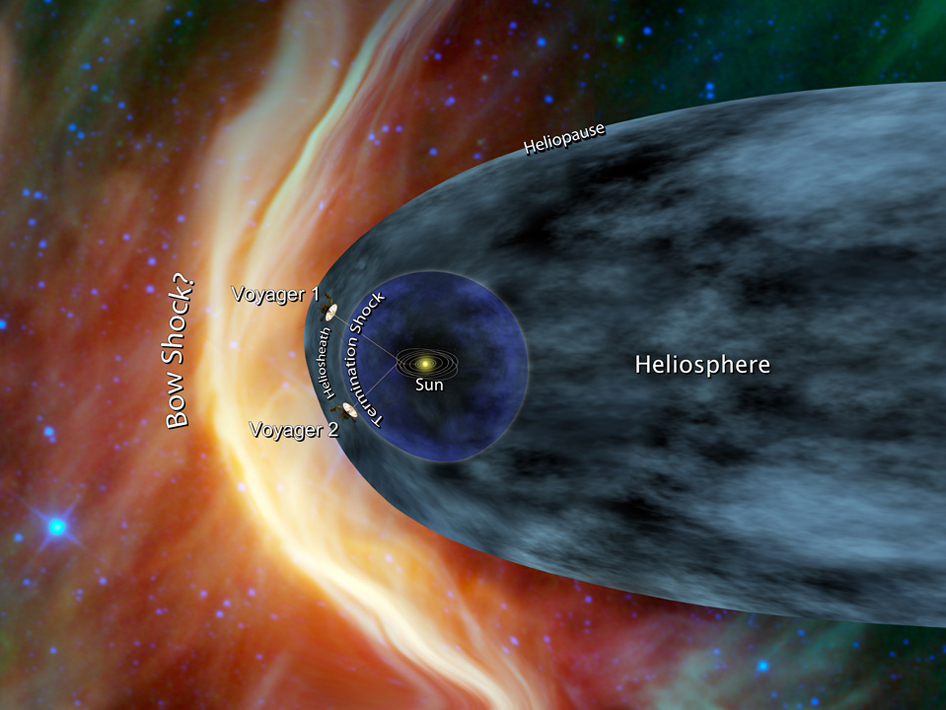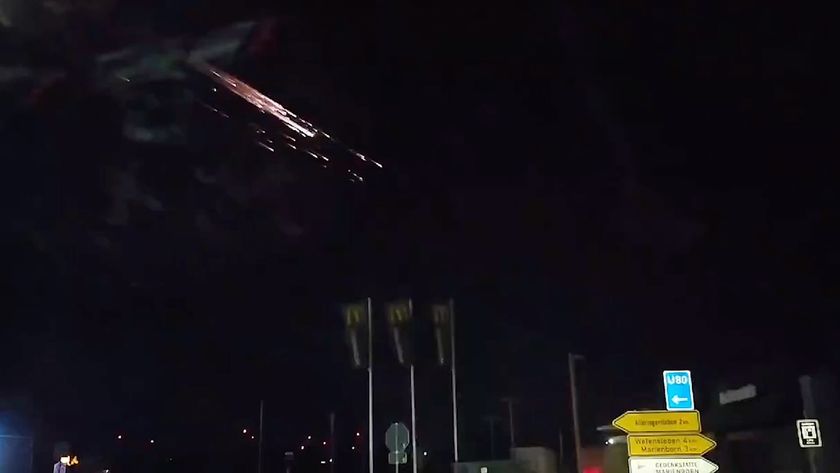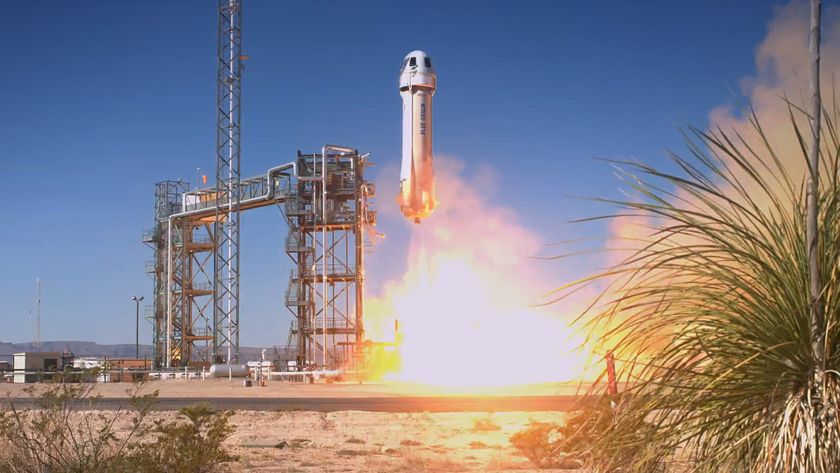Voyager 1 Spacecraft Zooms Ever Closer to Solar System's Edge

Evidence suggesting that NASA's venerable Voyager 1 probe is about to leave the solar system is piling up, scientists say.
Researchers are eyeing three key parameters for signs that Voyager 1, which launched in 1977, has escaped into interstellar space. The spacecraft's measurements show that two of these three parameters are now changing faster than at any other time in the last seven years, scientists said.
"These are thrilling times for the Voyager team as we try to understand the quickening pace of changes as Voyager 1 approaches the edge of interstellar space," Voyager project scientist Ed Stone, of Caltech in Pasadena, said in a statement.
"We are certainly in a new region at the edge of the solar system where things are changing rapidly," Stone added. "But we are not yet able to say that Voyager 1 has entered interstellar space." [Photos by NASA's Voyager Probes]
Voyager's long journey
For a while now, Voyager 1 has been exploring the outer reaches of the heliosphere, the huge bubble of solar plasma and solar magnetic fields that surrounds the sun, planets and other bodies in our cosmic neighborhood.
But conditions out there are changing fast for Voyager 1. In a single day (July 28), the probe measured a 5-percent jump in the level of high-energy cosmic rays coming from outside our solar system, researchers said. The last 5-percent increase Voyager 1 observed took place over a full week in May.
Get the Space.com Newsletter
Breaking space news, the latest updates on rocket launches, skywatching events and more!
Also on July 28, lower-energy particles originating inside the solar system dropped by half — a huge decline in a parameter that's been decreasing slowly for the last two years. Scientists think the number of these particles will drop nearly to zero when Voyager 1 crosses the solar boundary.
Three days later, however, both measurements had returned to near their previous levels, researchers said.
"The increase and the decrease are sharper than we've seen before, but that's also what we said about the May data," Stone said. "The data are changing in ways that we didn't expect, but Voyager has always surprised us with new discoveries."

Magnetic key
The third key sign scientists are watching is the direction of the magnetic field Voyager 1 experiences. They think it will flip from a roughly east-west orientation to north-south when the probe reaches interstellar space.
The team hasn't seen that switch yet. A preliminary analysis of the latest magnetic field data should become available in the next month, scientists said.
Voyager 1, which launched on Sept. 5, 1977, is roughly 11 billion miles (18 billion kilometers) from the sun. Its twin Voyager 2, which blasted off on Aug. 20 of the same year, is 9.3 billion miles (15 billion km) from the sun.
Both spacecraft remain in good shape, scientists said.
"Our two veteran Voyager spacecraft are hale and healthy as they near the 35th anniversary of their launch," said Voyager project manager Suzanne Dodd, of NASA's Jet Propulsion Laboratory in Pasadena. "We know they will cross into interstellar space. It's just a question of when."
Follow SPACE.com for the latest in space science and exploration news on Twitter @Spacedotcom and on Facebook.
Join our Space Forums to keep talking space on the latest missions, night sky and more! And if you have a news tip, correction or comment, let us know at: community@space.com.

Space.com is the premier source of space exploration, innovation and astronomy news, chronicling (and celebrating) humanity's ongoing expansion across the final frontier. Originally founded in 1999, Space.com is, and always has been, the passion of writers and editors who are space fans and also trained journalists. Our current news team consists of Editor-in-Chief Tariq Malik; Editor Hanneke Weitering, Senior Space Writer Mike Wall; Senior Writer Meghan Bartels; Senior Writer Chelsea Gohd, Senior Writer Tereza Pultarova and Staff Writer Alexander Cox, focusing on e-commerce. Senior Producer Steve Spaleta oversees our space videos, with Diana Whitcroft as our Social Media Editor.


